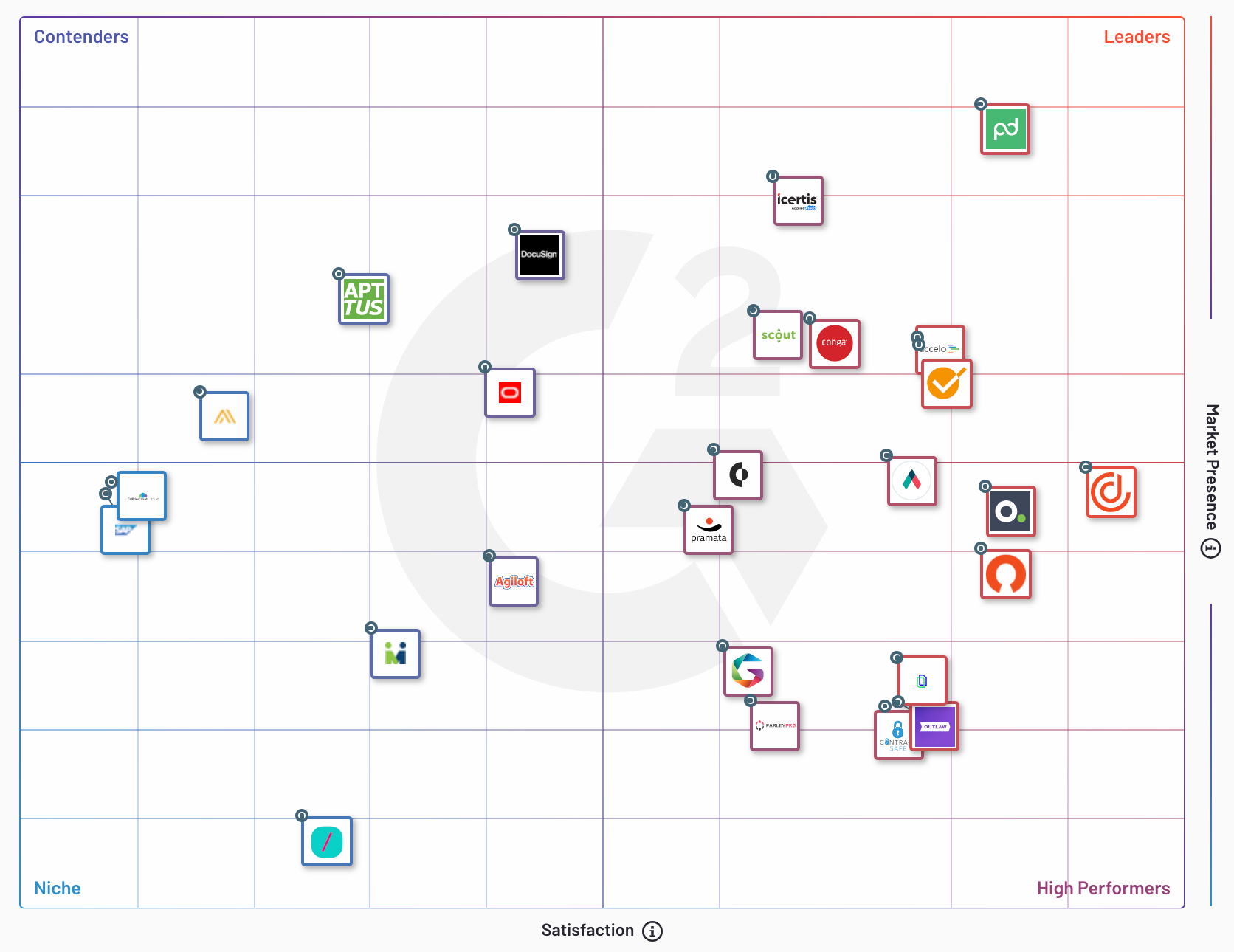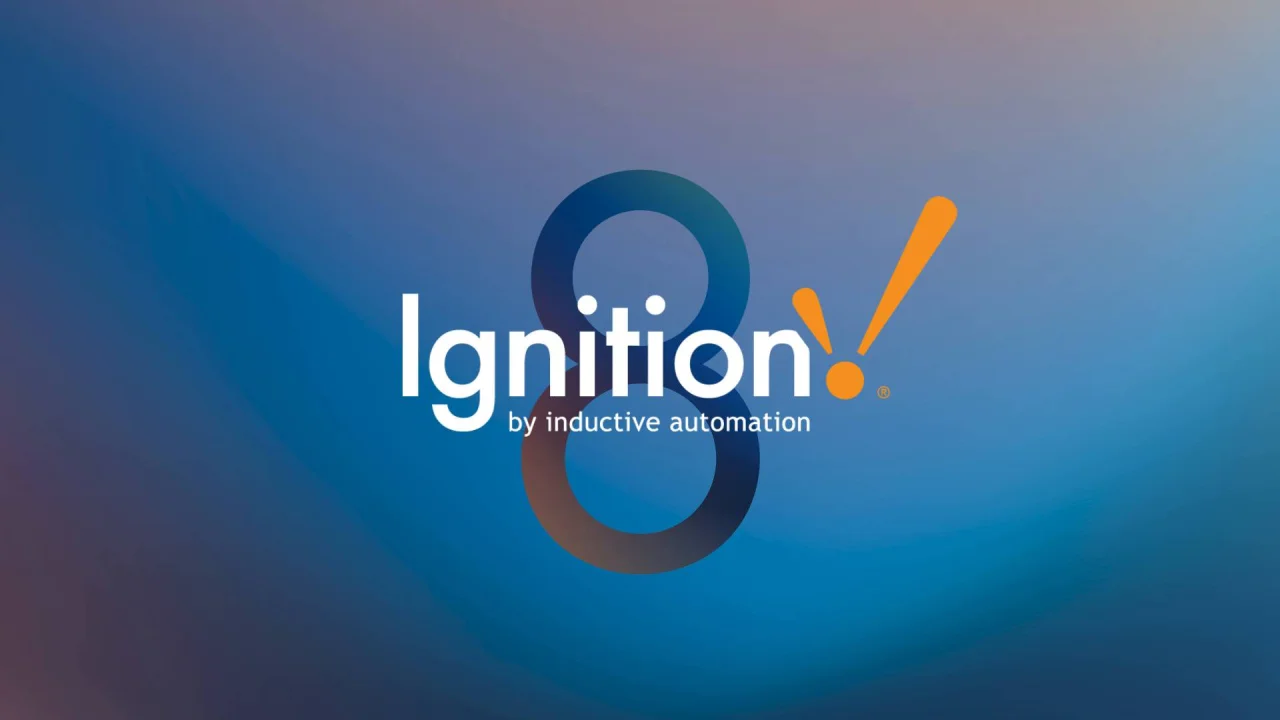Ignition 8 Demo

- 4, 2019) — Inductive Automation announced that the public Beta version of its new Ignition 8 software is available beginning today. Ignition 8 will be released in April. The news was announced at a press conference at the ARC Industry Forum in Orlando, Fla. Ignition by Ind.
- Launch the Ignition Online Demo! Click on the launch demo button below to check out Ignition. Ignition will run off the Java Runtime Environment installed on your computer (it comes installed on just about every computer). If you're one of the unlucky few who doesn't have it, you can get it here.
April 10, 2019 — Inductive Automation released Ignition 8, an update to its software platform that addresses industrial organizations’ needs for expanded architectures, enhanced security, and first-class mobile solutions. This version gives users a view of their industrial processes that is more mobile, customizable, scalable, and secure than ever before. Ignition 8 arrives along with the Ignition Perspective Module. Ignition Perspective is a visualization system that brings new capabilities to mobile devices.
Ignition by Inductive Automation is an industrial application platform with tools for building solutions in human-machine interface (HMI), supervisory control and data acquisition (SCADA), and the Industrial Internet of Things (IIoT).

Ignition Perspective provides full SCADA control from mobile phones and drag-and-drop capabilities for designing mobile-responsive screens that are ideal for mobile devices. Applications built with the Ignition Perspective Module adapt to fit any size screen, from cellphone to desktop. It also enables users to leverage a phone’s GPS, camera, Bluetooth, orientation-sensing, and more. It runs in any web browser with HTML5, and requires no plug-ins. Perspective allows people to enhance their SCADA systems in new and creative ways.

Ignition 8 Demo Software
Ignition is cross-platform compatible so it can run on Windows 10, and Windows Server 2016 and 2019 as well as Linux and macOS. Ignition can run on any device including PCs, laptops, servers, tablets, smartphones, remote field devices, and even Raspberry Pi’s.
Ignition 8 provides capabilities for building enterprise-scale architectures. A faster tag system aids very large deployments, such as those with one million tags or more. Project inheritance allows corporate standards to be used in addition to local modifications. Full compatibility with industry-standard source-control tools helps to restore previous versions, resolve code conflicts, and track changes to codebases. And Ignition 8 was built with cybersecurity as a key pillar. It supports encryption protocols, uses two-factor authentication, and also includes single sign-on.
Go to Inductive Automation website
Learn More
Ignition 8 Demo
[00:00] Ignition 8 is the largest and most comprehensive update in Ignition's recent history, overhauling many facets of the Ignition platform and offering some powerful new tools for Ignition developers. In this video, we'll broadly outline the most critical changes and features introduced in Ignition 8. These changes haul broadly into four categories, the brand new Perspective Module, Tag System updates, security improvements, and project system changes. We'll start by discussing visualization changes. For one, Vision components have received an overhaul in their look and feel without altering their underlying functionality. However, we've also introduced a brand new visualization module that works alongside Vision, designed to run in a web browser without any pre-configuration needed. This visualization module is called Perspective. So, because I have the Perspective Module installed, I can scroll up in my Project Browser and we see a Perspective heading. Now in Perspective, I created a simple test view. If I click on a component like this table, we see a Property Editor on the right-hand side. Not unlike the Property Editor in Vision. I won't go to deep into this example. Let's try seeing Perspective in action. Clients we launched in Perspective are called Sessions and unlike a Vision client, which runs as a standalone application, a Perspective Session is designed to be run in the web browser, see what I mean? I'll pull up a web browser here and I'll open a new tab, and I'll paste in a link to our Perspective demo project. It's just demo.inductiveautomation.com. Since Perspective Sessions run in the web browser, they can be run anywhere that a web browser can including a mobile device or a tablet. In fact, Perspective is well suited to running on small screen devices because it provides many ways of changing your project's appearance based on the size of the Session. To demonstrate, I'm going to go into the Real-Time Status section here and then to HMI, and I don't have a mobile device here to model, but what I can do is shrink down the size of my web browser. So, we see here that our Perspective Session has a menu bar and a good collection of components here. Now, if I shrink down the size of my web browser, so, I'm going to make it very narrow here, we see that the menu bar disappears and the components stack on top of each other instead of displaying in a diagram. And then, if I expand the browser again, we return to our initial layout. Perspective is built specifically to accommodate this design strategy, which we broadly refer to as responsive design. Now, with the introduction of Perspective comes a redoubled focus on security. To provide secure web-based data transfer, Perspective Sessions are secured using cutting-edge encryption technologies and communication protocols. In furtherance of the goal of improved security, Ignition 8 also heralds the introduction of federated identity providers and support for SAML and OAuth technologies. So, in the Configure section of this gateway, under Security, I can select Identity Providers, and from here, if I click Create New Identity Provider, we have the ability to run an Ignition-recognized identity provider using an Ignition User Source, OpenID Connect, or SAML. These tie-ins allow Ignition to better interface with existing authentication schemes with wide industrial support. We've also introduced the concept of a security level. This is a rework of Ignition's role system. Before, when configuring security on a project or a window, we might have selected a required role that a user would need to have. Now, we can select one or more nodes in a hierarchy. For example, if I require a security level of Authenticated, any user that can authenticate against my identity provider can access the resource, or if I'd like, I could require that they belong to this Upper Management security level. Because this security level falls under authenticated, this is a stricter requirement in simply having the authenticated security level. Now, let's get in the changes that were made to Tags in Ignition 8. So, I'll pull my designer back up, and it may have been apparent that the look and feel of the Tag browser has changed here. In fact, the look and feel of the entire Tag interface has changed a bit, but working with Tags in Ignition 8 should feel very familiar to longtime Ignition users. In addition to changes to the interface, Tags in Ignition 8 have received an overhaul on the back end with the goal of improving their performance and functionality. We can see some other critical changes as well. Let's say, we right click on a Tag and go to Edit Tag. Now, this is an OPC tag but if I wanted to change it to a memory tag, all I would have to do is expand the value source drop down and click Memory. Tags are now extensible as well. I can click the plus icon to add my own property to my Tag. Now, let's talk about changes to the project system in Ignition 8. I'm just going to exit out of this and if I scroll down in my Project Browser, we can see that some of my project resources are grayed out here. This is because these resources are inherited from another project. In Ignition 8, we can configure projects as inheritable so parent products can share resources with child projects like windows, templates, and scripts. So, I can create a new window here. Let's make it a main window and I won't change the title for now and let's try again one of my shared templates. So I'll drag in the Double Gauge and I can use this template just as if it were a template local to this project. One other major change has been made to the project system particularly for Perspective resources, Ignition 8 exposes the project resources in the file system at a granular level to allow changes to these resources to be more easily tracked. The goal behind this change is to be more compatible with version control schemes. This wraps up our brief overview of changes made in Ignition 8. Again, we've only briefly summarized the changes that have been made. Inductive University videos and user manual content offer deep dives into all of Ignition 8's changes and new features.